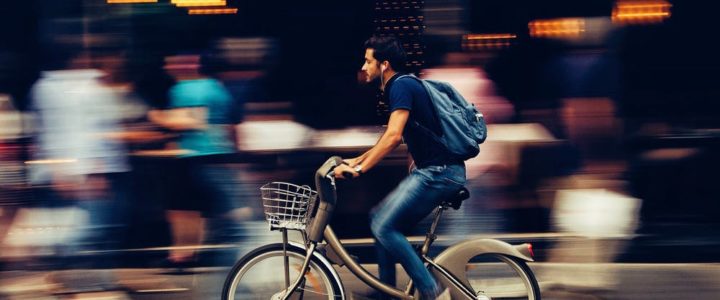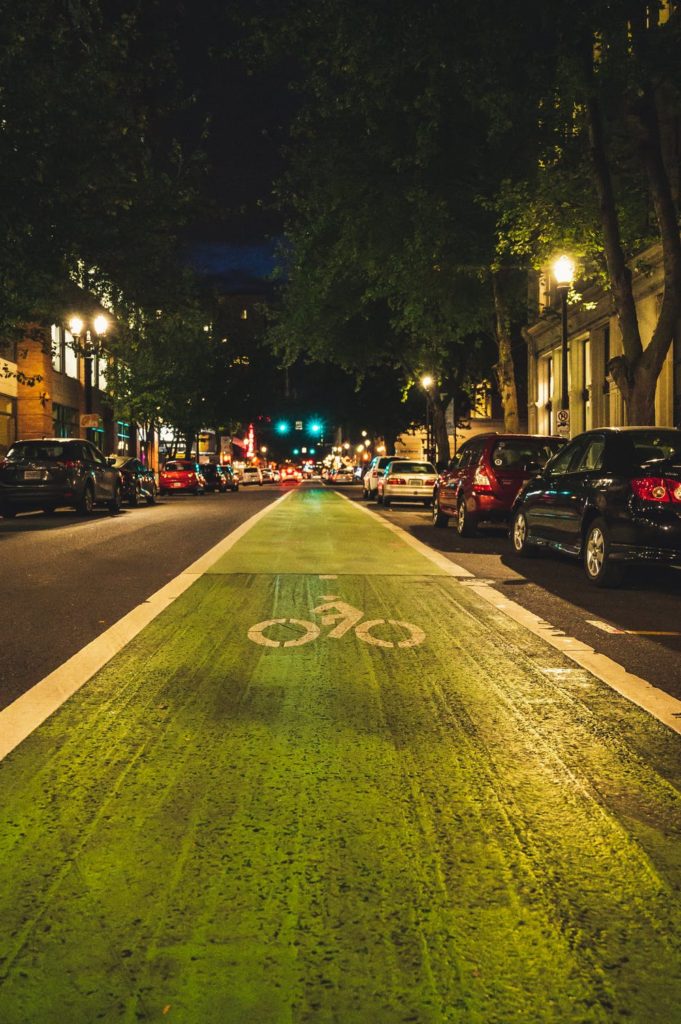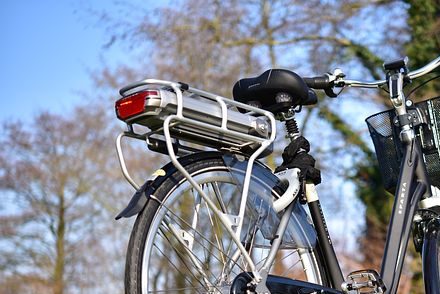
Looking for the environmental silver linings of the COVID-19 pandemic is not a new angle from here in The Hive. But I can’t think of another which offers an equally impressive positive outcome for your health too.
Since the early stages of of the pandemic we saw local councils drastically redesigning roadways to make more room for bikes and pedestrians, and less for cars. People are pretty keen to avoid crowded public transit, where even those who accept social distancing rules find this logistically difficult. What started out as a novel way to be able to get outdoors during lockdowns has flicked the switch on something much much bigger. There is talk of a so-called ‘bicycle led recovery’ out of the pandemic. Due to the fact that in the US 53.5% of all car journeys are less than 5 miles, it makes a lot of sense. Cities across the United States and Europe have been investing millions into redefining roadways and creating green open spaces for people to enjoy. New York City Mayor, Bill de Blasio has acted to help make life easier and safer for the increased bikers in the city – the pandemic creating a 30% rise in cycling activity. The City will convert the inner most car lane, Manhattan bound, on the Brooklyn Bridge to a bike lane, and add a new two-way bike lane to the Queensboro Bridge. In addition to these, which will admittedly take some time to build, the city has been working hard on shorter term wins for cyclists, like temporary bike lanes and ‘slow-streets’, which was a scheme introduced first by Oakland, California, where 10% of its entire grid is now demarcated for recreation only. As any New Yorker will know, cycling isn’t exactly nu-vogue: the city is well known for the volume of cyclists across many boroughs. But there has been slow movement from the City to provide safety to these two-wheel enthusiasts, especially in some areas, like Queens, The Bronx. After 2019 saw a particularly high level of cyclists’ deaths, the plan to build 30 miles of protected bike lanes every year came to fruition.

Barcelona has fast tracked continuation of their Superblocks build: quiet zones, which are car unfriendly and conducive to people getting outdoors – safely. The original idea was based on the fact that Barcelona has the highest density of car ownership in Europe (6,000 per square kilometer…not including motorcycles and vans!), which results in the city never meeting the World Health Organization standards for air quality – they exceed particulate pollution and nitrous oxide levels. Now, however, COVID has provided an additional value on these spaces. And the people are overwhelmingly in favor of this – after their strict 45 day lockdown where they breathed clean air due to a 50% drop in public transport, the policy was met with public excitement. Let’s not forget that there have been studies demonstrating a link between COVID-19 outcomes and air quality/pollution. A study from September 2020, in the US found that an increase in exposure to hazardous air pollutants increased risk of death from COVID-19 by 9%. Another study in December 2020 found that globally on average 15% of deaths from COVID-19 may be linked to chronic exposure to air pollution. And yet another from the United States finds that higher historical levels of fine particulate pollution leads to increased mortality from COVID-19. So removal of car congestion is a win for both public health and environmental reasons. And then there’s the increase in personal health and fitness achieved through decreased use of motor vehicles. And is there a COVID related bonus from this? We’ll explore that shortly. While we’re talking of Europe, Paris and Rome are not to be left behind…with 650km of new bike paths being built in Paris and 150km of them in Rome. And slightly closer to home, Colombian capital, Bogotá, which has an extensive history of encouraging cycling (despite being considered as having the world’s worst traffic!), have increased their already healthy bike lane tally by a further 84km – now totaling 634km!
Environmentally we want to avoid use of cars, and they are costly to buy and maintain, so public transport is the obvious next choice. However public transport is still difficult in the midst of the pandemic, and the cost of accessing that isn’t insignificant. Walking is great, but less convenient for longer journeys or if there’s a load to carry. Bicycles seem to be the perfect solution! Which is why bicycle manufacturers and stores have been running out. They are literally unable to keep up to the demand! Leisure bikes, mountain bikes and children’s bikes have all seen triple digit year on year growth, reports Huffy CEO. By April 2020 there was a massive shortage of bikes and accessories throughout the US, with shops frequently selling two or three times their usual volumes. And this trend in global. One Sydney bike store manager was quoted as saying “We’re [bikes] are the new toilet paper…” And while it would hardly seem necessary, some European countries have encouraged this trend by offering cash back or stipend programs, like Italy and France. In Paris there have been hundreds of kilometers of pop up bicycle lanes installed, with the plan to make ‘COVID cycling’ more permanent.

Will Pedal Power really be here to stay? Sure it’s cheaper, requires less space for parking and has clear fitness benefits….but what if you’re just not that into physical activity? Or maybe you have the need to transport more than just yourself? Enter the e-bike. While it had already been seeing an increase in sales over recent years, the pandemic really lit a firecracker under those numbers. In 2018 in Germany 23.5% of bike sales were for e-bikes. And in The Netherlands that stat jumped to more than 50%. In COVID-era, industry experts now predict that across Europe the sale of e-bikes will double in the next 5 years. Energise e-bikes in the UK saw doubled sales figures between July 2020 and January 2021, and were predicting this to rise to a 200% growth. And none of these statistics take into account the use of e-bikes as delivery/freight/cargo vehicles. In this case they are known as light electric freight vehicles (LEFVs) and are exceptionally useful given the speed they can travel by sharing their journey between bike paths and roads. Couple this with the increased use of delivery services like Menulog and Uber Eats, and it’s logical that e-bikes are a great solution, and will continue to fly out of stores.

The advantages of an e-bike are numerous. The main one being that it requires less effort from the rider. On the face of it that may seem like a cop out and almost counter productive to fitness goals. But in fact those owners of e-bikes tend to ride more often and for longer distances. In addition, the reduced challenge means that even those who are very unfit, or even obese, can use this equipment as a great entry to a fitness regime. The importance of this cannot be overstated, given that the CDC (Center for Disease Control) report poorer outcomes for COVID-19 patients who are overweight or obese. But financial and environmental benefits are not to be ignored.
Is there anything you need to know before you jump on a shiny new e-bike? As I’m sure is obvious, battery maintenance is key. But it shouldn’t scare you away from this economical and environmentally friendlier motorized transport option. Check out this helpful article on battery types and do’s and don’ts. While there will always be those who argue that the battery is unsustainable and not eco, the huge reduction of petroleum use in choosing an e-bike makes that a fairly mute point. It might be a staple talking point for climate change deniers but there’s not much substance to it. And of course, there is always the more conventional bike to wheel about town on…but get in early to make sure you can get hold of one in time for the coming Northern Hemisphere summer! Here you’ll find details of the 14,000 miles of bike paths across the United States, from the US Bicycle Route System (USBRS). We’d love to hear about your favorite bike paths or cities to bike around – drop us a comment below!



